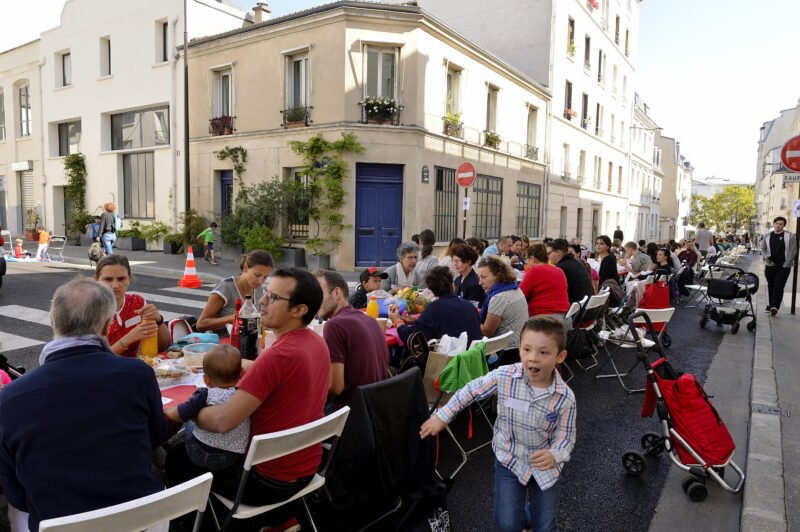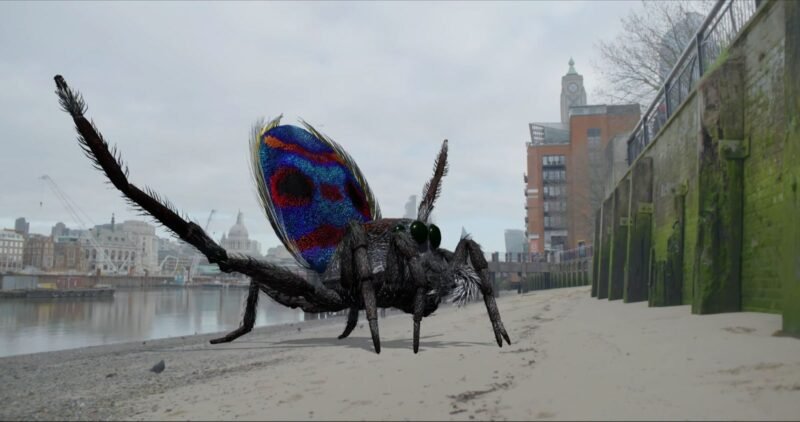Jean-Louis Cohen: Modernist Lessons in Post-Modernist Times
On Thursday 23 January, our friends at Stroom in The Hague will host a lecture by the French architect and architectural historian Jean-Louis Cohen. This past summer Cohen curated a comprehensive exhibition at New York's Museum of Modern Art about the work of the godfather of modern architecture: Le Corbusier.
Cohen, who studied Architecture at the École Spéciale d’Architecture and at the Unité Pédagogique n° 6 in Paris, and received a PhD in History at the École des Hautes Études en Sciences Sociales in 1985, has been the Sheldon H. Solow Professor in the History of Architecture at New York University Institute of Fine Arts. Besides that he has written numerous books and publications including Mies van der Rohe (2007), The Future of Architecture Since 1889 (2012) and Le Corbusier: An Atlas of Modern Landscapes (2013), and he has been a curator for numerous exhibitions. Cohen has become famous and notorious not only for the way he overthrows cherished illusions and clichés about architecture, but also for his history classes that could easily take eight hours or more.

The Museum of Modern Art in New York asked Jean-Louis Cohen to curate the first major exhibition of the work of Le Corbusier, that was on show in the summer period of 2013. The exhibition comes in an interesting time, in which classic universal modernist ideas about planning and building are under pressure, and new, non-traditional individuals and social groups are taking a role as city-maker. However, deeply rooted modernism-infected traditions still form the basis for how cities are made, and French-Swiss architect Le Corbusier (Charles-Édouard Jeanneret, 1887–1965), “the greatest architect of the 20th century”, as Jean-Louis Cohen puts it, has played a key role in modern city-planning.

Le Corbusier’s universal approach to urbanism and architecture allowed him to work on a truly international scale — he left his trace in many cities and regions around the world, such as Russia, North Africa, Latin America and the United States. Le Corbusier is known as an architect, interior designer, artist, city planner, writer, and photographer, but also as a style icon who, for instance, made the thick black frame glasses into a ubiquitous fashion symbol of the contemporary international creative class.


The exhibition Le Corbusier: An Atlas of Modern Landscapes offered American viewers the first chance to see the architect’s full range of work from his architectural models and concepts to his paintings, drawings and even writings. The exhibition reveals the ways in which Le Corbusier, one of the world’s first ‘starchitects’, observed and imagined landscapes throughout his career, using all the artistic techniques at his disposal — from his early watercolors of Italy, Greece, and Turkey, to his sketches of India, and from the photographs of his formative journeys to the models of his large-scale projects. His paintings and drawings also incorporate many views of sites and cities, including the architect’s ideas to rebuild Paris based on a rational modernist concept — the famous Plan Voisin.

Le Corbusier: An Atlas of Modern Landscapes will travel to Europe in 2014, where it will be on show in Barcelona (opening later this month) and Madrid. Curator Jean-Louis Cohen, an expert of 20th-century architecture and urban planning, will visit Stroom The Hague on Thursday 23 January as part of The Knight’s Move series. His lecture will discuss the Le Corbusier exhibition and his new work, an upcoming publication in which he will decompose cities. There’s also room to ask questions. Please RSVP here in case you’re interested in attending the event. We hope to see you there!



